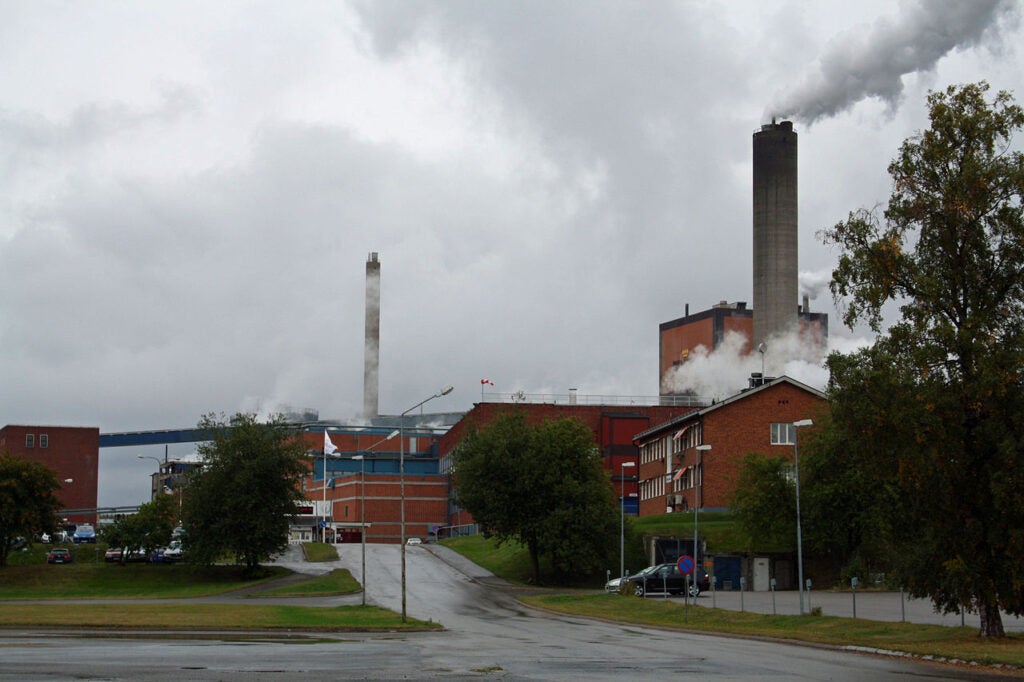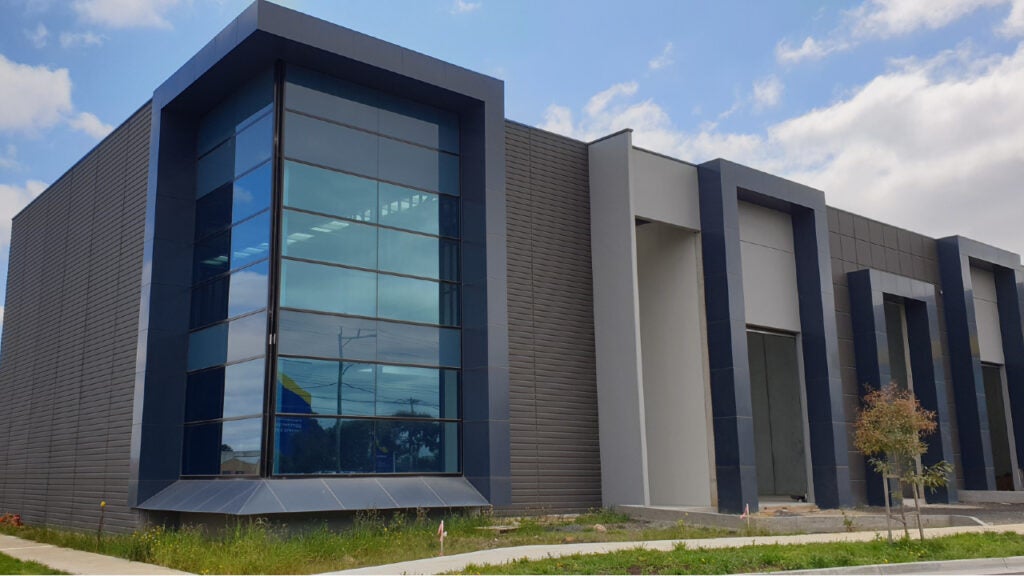Ball Packaging Europe, a subsidiary of Ball Corporation, is expanding its beverage can manufacturing facility in Oss, Netherlands, by adding a new production line for 50cl aluminium cans. The expansion project, announced in August 2014, is scheduled for completion in May 2015.
The third production line is being added in conjunction with the construction of a new warehouse at the site. The project is expected to increase the plant’s production capacity and boost the growth of jobs in the region. The site currently produces approximately 1.5 billion aluminium cans a year and employs 239 people.
Strategic location
Ball Corporation announced the construction of a new state-of-the-art on-line beverage can manufacturing facility in the Yangon area of Myanmar in May 2014.
The beverage can manufacturing plant is located within the industrial city of Oss and is the only can manufacturing facility in the Benelux states (Belgium, Netherlands and Luxembourg). It is strategically located in close proximity to major customers including Bavaria in Lieshout, Heineken in Den Bosch, Refresco in Dordrecht, Coca-Cola in Dongen, FrieslandCampina in Amersfoort, and AB InBev in Belgium.
The plant serves 28 different customers primarily in the Benelux states and customers throughout Europe, the Middle East and North Africa.
Details of Ball Packaging’s Dutch can manufacturing facility
Ball Packaging Europe’s facility in Oss is the only beverage can production plant in the Benelux states. It covers a floor space of approximately 344,000ft2.
The site produces 15cl, 20cl, 25cl (slimline), 25cl and 33cl sleek, and 33cl and 50cl standard aluminium cans. Production of the aluminium 20cl wine can and the 33cl sleek aluminium can were introduced in 2012.
The plant first came online in 1953 as a steel can factory and was the first to implement a two-piece beverage can line in Europe that started way back in 1971. The first aluminium line at the site was installed in 1997 and the plant switched to aluminium-only production in 2005.
Aluminium beverage cans production at the Oss site
The manufacturing process starts with the loading of aluminium coils onto an uncoiler which unrolls the aluminium strips and feeds it to the lubricator where a thin line of lubricant is applied to the aluminium sheet before feeding it to the cupping press.
The cupping press cuts out circular discs from the aluminium sheet and forms them into cups. The bodymaker then forms the can base and stretches the external walls through a series of tools under great pressure to iron them into cans following which, a trimmer is employed to trim the top of the cans to give them a uniform height.
A washer and an oven are then used to respectively clean and dry the can bodies. The clean cans are conveyed to the basecoater oven, where a base colour is applied to the can before being conveyed for printing and labelling.
The printers use six different colours to print labels on the cans, which are further provided with a thin film of lacquer to protect the paint.
The bottom coater then applies lacquer to the rim around the bottom of the cans to protect the aluminium, followed by the curing of the inks and coatings using a deco oven. A thin layer of lacquer is then sprayed to the interiors and further cured using an internal coater oven to prevent the products from reacting with the aluminium.
A waxer is then used to lubricate the open edge of the cans for necking. Cans are then passed onto a die necker where the can openings are squeezed based on specifications. A flanger is further used to roll the top edge of the can to form a lip / flange which will seal the lid after the product is filled in the can. A reformer is further used to reform the bottom or inner dome of the can to improve the container’s strength.
Final inspections are made using a tester to check for leaks or damages and a camera to detect any contamination in the can. The palletiser finally places the cans on pallets accommodating 389 cans per layer and reaching a height of up to 21 layers for shipment or storage.
Sustainability features of Ball’s Oss plant
During 2010 and 2011, Ball invested €250,000 (approximately $271,941) to improve the plant’s sustainability features. The primary results were the reduction in the energy needed to produce 1,000 cans by 46% and the requirement of natural gas at the site by 56%.
Up to 48% of the water requirements are met through underground sources at the site. The facility boasts of achieving zero waste to landfill for more than a decade.
The plant also uses water-based lacquers during the curing process, which decreases the emissions of volatile organic compounds (VOC) compared to the use of solvent-based lacquers.
Marketing commentary for Ball Packaging Europe
Ball Packaging Europe, headquartered in Zurich, Switzerland, has more than 3,000 employees and operates 13 beverage can production plants in Germany, France, the UK, Netherlands, Poland and Serbia. It also owns a technical centre in Bonn, Germany, which houses an advanced laboratory and test facility for research and development projects.












